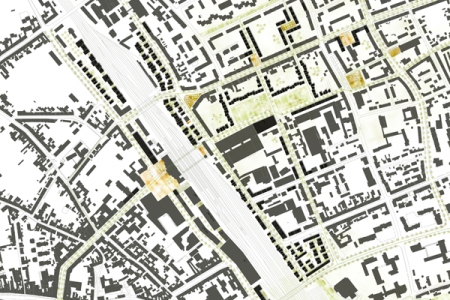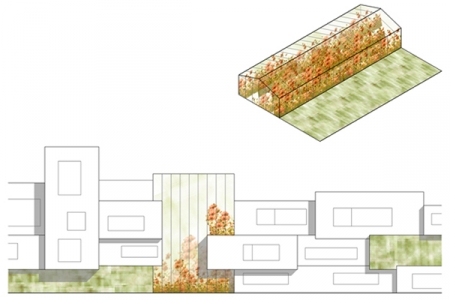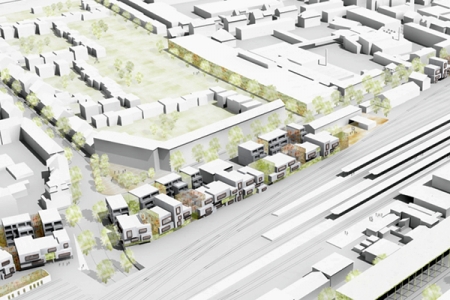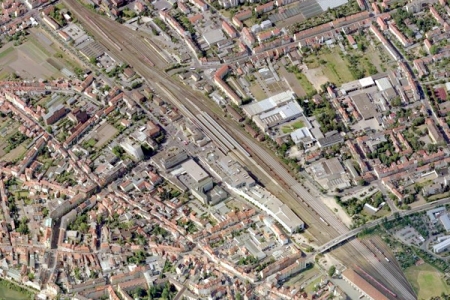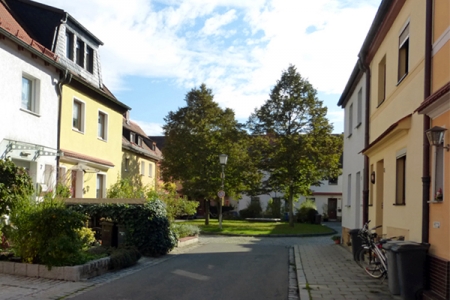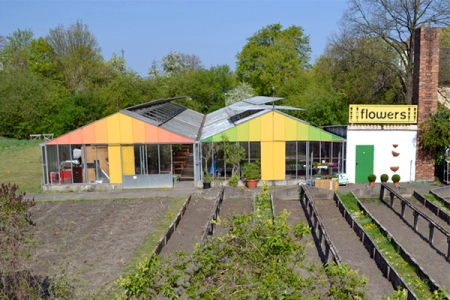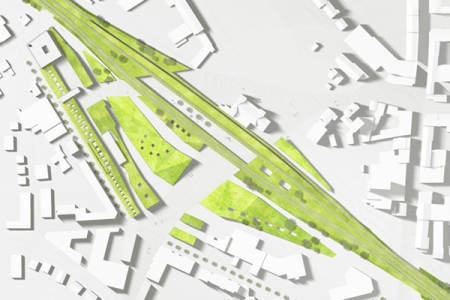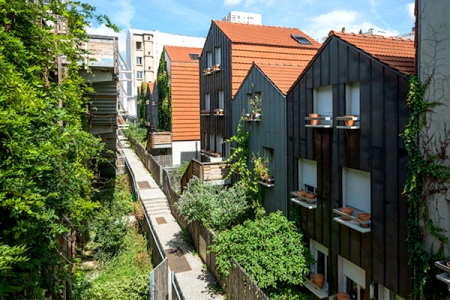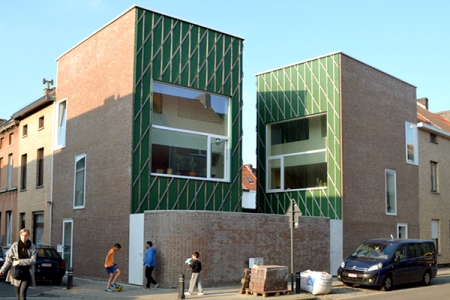Tradition : Adaption : Verknuepfung
Bamberg (DE) – Lauréat
DONNÉES DE L’ÉQUIPE
Représentant d’équipe : Christian Eickelberg (DE) – architecte
Plauener Straße 9, 44139 Dortmund – Deutschland
+49 176 2375 6766 – eycksberg@gmx.de
Voir la liste complète des portraits ici
Voir la page du site ici

C. Eickelberg
INTERVIEW en anglais
Cliquer sur les images pour les agrandir
1. How did you form the team for the competition?
Besides working in an architecture office in Dortmund; I deal with architecture theory, work on different design projects and participate to competitions, which helps me convert theory into practical designing.
The process from dealing with non-architectural and/or general architectural topics, depending on the peculiarity of the location and the site, to an architectural form or statement as a central matter of my work makes the Europan competition an ideal work environment to me.
2. How do you define the main issue of your project, and how did you answer on this session main topic: Adaptability through Self-Organization, Sharing and/or Project (Process)?
The separation of a city into districts with different social and ethnic communities, different urban densities and qualities can be found in nearly every city all over the world. One of the manifold reasons for spatial separation can be traffic infrastructure, like big streets and highways or, like in Bamberg, railway tracks.
The main urban planning issue of the present design is both the connection of urban districts and a step-by-step creation of a continuous urban fabric by increasing the density and improving the living quality. Furthermore the new architecture should adapt to local traditions and connect it to a subtle urban network.
3. How did this issue and the questions raised by the site mutation meet?
The present design proposes a step-by-step realisation of a network of new and existing public spaces and connecting cycle- and foot-paths between the Eastern parts and the inner city of Bamberg. In combination with new public squares there are arranged small neighbourhoods with different levels of privacy.
To diminish the current barrier of the railway tracks new buildings are designed along the tracks, adapting and representing the Bamberg traditions of the gardener culture and the baroque style. The baroque principles of overlapping, plasticity and the moving observer are translated into contemporary forms. Planted atriums and vertically greened walls are a reference on the gardener culture.
4. Have you treated this issue previously? What were the reference projects that inspired yours?
I have already treated the urban issue in the course of a competition in the German city of Ahlen (Westphalia), where a railroad embankment isolates the Southern parts of the city from the centre, resulting in a social and economic mismatch.
The issue of creating small neighbourhoods in existing urban environments can be found for example in Edouard Francois’s “Eden Bio” quarter in Paris. It is also a good example for the interplay of architecture and plants, especially in the creative work with leafy trellis. Churches like Santa Maria delle Quattro Fontane in Rome brilliantly show the baroque principles of plasticity, overlapping and the interaction of geometrical figures.
5. Today –at the era of economic crisis and sustainability– the urban-architectural project should reconsider its production method in time; how did you integrate this issue in your project?
Especially because of many small properties and a multitude of owners it is not intended to realize the whole project in only a few construction stages or even at once. Therefore and because of the imponderableness of changes in time the proposed structure is composed of many small sections, which can be realized step-by-step, depending on demand and on the economic situation. New buildings are added in the immanent logic of the found urban structure to achieve a high degree of sustainability.
6. Is it the first time you have been awarded a prize at Europan? How could this help you in your professional career?
After taking part in Europan 11 on Ingolstadt (DE) and Europan 12 on Nürnberg (DE) –shortlisted– this is my third Europan competition. The competition offers the possibility to participate in the design process of the future urban development of a city from the beginning on. It is a good chance to accompany the representatives of the municipality of Bamberg in this process. Anyway, I think that this competition success and the possible implementation process will become a reference project for future work.
